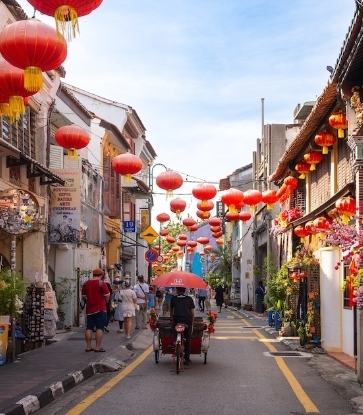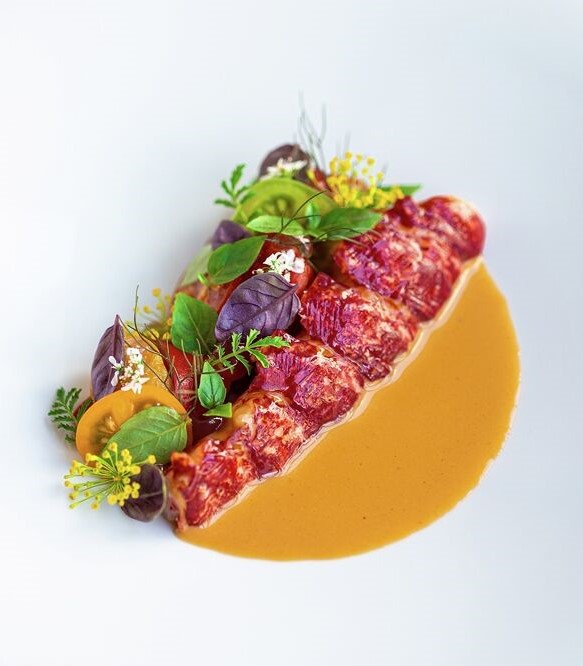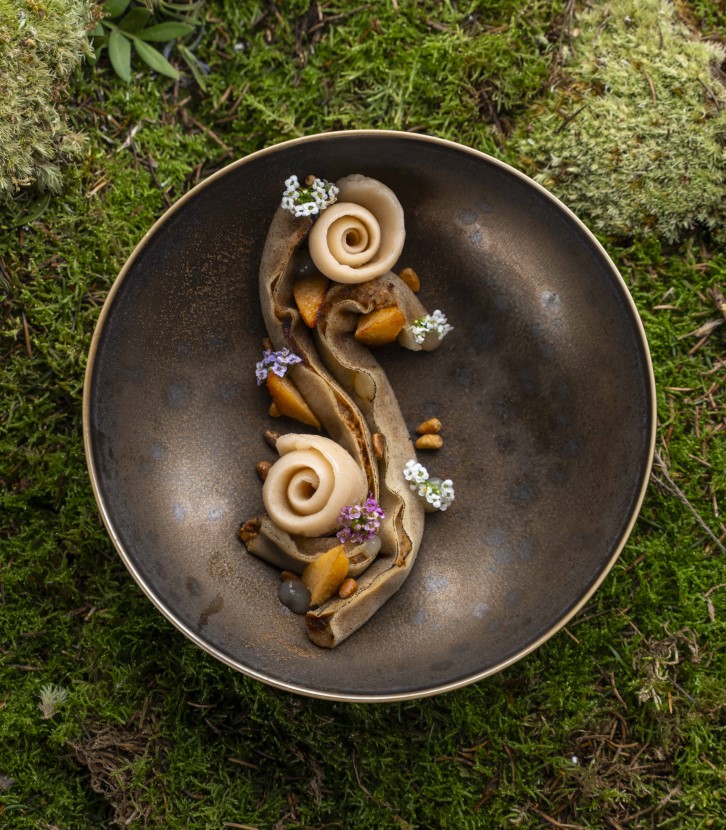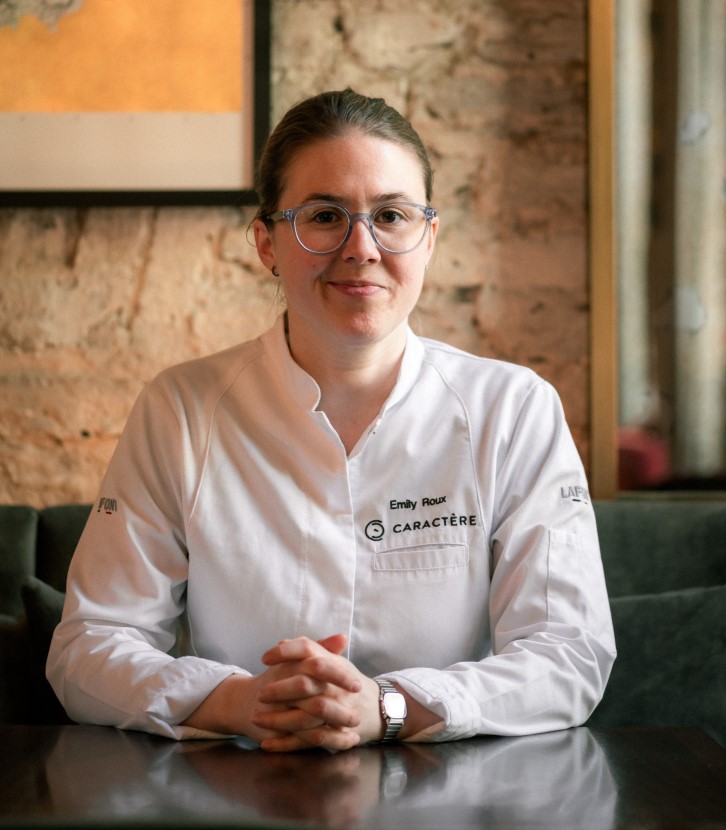To those who consider themselves well-versed in the world of wine and champagne, the ‘‘vintage year” indicated in the terroir is no less important than the date and place of birth on one’s birth certificate. Just as the famous Swiss sage and psychologist Carl Gustav Jung, known for his psychoanalysis once said:
“We are born at a given moment, in a given place and, like vintage years of wine, we have the qualities of the year and of the season of which we are born.”
“Vintage years” or the year the grapes are harvested to make wine, is hence like a blueprint or a diary that narrates the account of the soil, climate, air, sunlight, precipitation, changes in temperature or even the pestilence—all of which affects the quality and quantity of grapevine production for wine and champagne. It is also something which producers and those associated with the wine and champagne industry regard with high importance. This is because only on a rare occasion will the weather be in perfect enough condition to produce quality grape vines—an auspicious time to produce wine and champagne that would become the crown jewel of the winery and the wine cellar of its purchaser.

Champagnes in the market today are marked with the letters NV (non-vintage) without the harvesting year indicated on the label. This house style production allows the champagne produced to have a unique characteristic to the house that produced it. These are produced from assembling the grape juice from many vintage years or vineyards before blending and fermenting them together for no less than 15 months until the flavours of every bottle are consistent with each other. This is because some years, for instance in 2012, the climate in Champagne was relatively cold with high precipitation and little sunlight up until August. This resulted in a smaller crop with lower quality, making the grapes unsuitable for vintage wines. On the other hand, the year 2002 saw excellent climate in the Champagne region with slightly warmer temperatures along with mild sunlight during the winter—the ideal climate for wine-growing that resulted in the perfect ripening of the grapes. Champagne makers would then create ‘vintage champagne’ using the best grapes harvested from within the same year or the same vineyard (single vineyards/vintage champagne) and ferment them in a bottle for no less than three years before putting them out into the market. The longer period of fermentation allows for a rounder taste and more delicate bubbles. The remaining grape juice from making vintage champagnes can be kept in storage to be blended with juices from the other years and used to make non-vintage champagnes.
Paired with any dish, champagne is also considered a wondrous beverage that can create harmony during a meal. Champagne is commonly produced from three main varieties of grapes, namely Pinot Noir, a red wine grape known to produce structured wine with a balanced flavour; Pinot Meunier, a variety of black wine grape known for its fruity and floral notes; and Chardonnay, a green-skinned variety that offers a refreshing yet rounded and subtle note. Differences in the style of champagne are the result of blending juice from different varieties to create unique characteristics. Examples include:
Prestige Cuvée—the finest category of champagne produced with juice from the first pressing. The clearest and most subtle, the juice is used to produce prestige cuvée champagnes and can be used in both ‘non-vintage’ and ‘vintage’ champagne. The champagne produced from blending three different varieties of grapes have a creamy and rounded mouthfeel—the floral note pairs well with seafood, foie gras, caviar, truffle, salmon and cheese.
Blanc de Noirs—made entirely of black grapes, the full flavours, intensity, and the light berry aroma makes it a good pairing with seafood such as crab meat, or even Thai cuisine and red meats including grilled pork and quail.
Blanc de Blancs—made entirely of white grapes, mainly Chardonnay and often comes with a higher price than normal champagnes due to its elegant and precise flavour. The citrus and apple-like fruit flavours make Blanc de Blancs perfect with light seafood such as oysters, prawns, scallops, white meat, fish or chicken.
Rosé or pink champagnes are produced when winemakers soak grape solids in grape juice for a short period of time for the pigment to dissolve into the juice. This method is popularly practised in the United States and many fine-dining restaurants. The beautiful colour and the light flavour makes it versatile and can be paired with many dishes, from seafood, duck and red meat to dishes with strong flavours and herbal aromas such as Thai food.
Aside from the different types of champagne, another information disclosed on the label is the degrees of sweetness, which can be roughly broken down to five different levels:
Brut, Nature - very little to no detectable sweetness
Extra Dry, Extra Sec, Tres Sec - slightly sweeter
Sec - dry but with noticeable sweetness
Demi-sec - moderate sweetness
Rich, Doux - very sweet and naturally soft in the mouth

Brut is the level of sweetness most commonly found in the market due to its wide popularity amongst champagne lovers. Good champagnes produce fine, tiny bubbles that are long-lasting with pleasant a flavour and aroma. The body should be soft, filling the mouth with a lingering fragrance while drinking. Champagnes must be uncorked and served properly after being chilled in a temperature of 8-12 degrees Celsius so that the bubbles and the flavours of the champagne are brought out to its full potential. Served in a glass specifically designed to reduce the surface area where the carbonation will come in contact with air, the champagne glass helps to maintain the bubbles and fizziness of the champagne.
Examples of champagne glassware include the flute, whose long and thin stem is popularly used and are suitable for non-vintage champagnes. The tulip glass is similar to the flute though can be distinguished by its tulip-like shape. The curved gradient and the narrower mouth help to contain the aroma within the tapered bulb, making it suitable for vintage champagnes. As for the ‘coupe’, this vintage-shaped glass is shallow and broad-bowled. Coupes had been popular since the era of Louis XIV up to the ‘60s. Today, however, it has lost its popularity due to its less practical shape in comparison to the flute and tulip glass.
Perrier-Jouët Grand Brut Cuvée is considered a non-vintage cuvée that carries a complex floral aroma unique to Perrier-Jouët, the famous champagne house from Épernay. A blend of 50 different crus, Perrier-Jouët Grand Brut expresses a refreshing and elegant flavour, dominated by the finesse of Chardonnay (20%) from the best vineyards in the Côte des Blancs. This is combined with the delicate structure of the Pinot Noir (40%) sourced from the Montagne de Reims and the Vallée de la Marne, as well as the best Grand Crus in the Aube region such as Les Riceys. The Pinot Meunier (40%) from the Vallée de la Marne brings harmony and fruitiness to the sparkling, golden champagne. Upon the first nose, one will discover the vivacity of the floral and fruity fragrance such cherry plum, lemon and bergamot, followed by notes of lime blossom and honeysuckle before giving way to subtle notes of butter, madeleine cakes and vanilla sugar. Rounding off the taste is the lingering notes of grapefruit, white peaches, green pears, apple trees and green hazelnuts that provide a fresh and balanced champagne. The flavours are best revealed between 7 - 9 degrees Celsius and matches well with appetisers such as carpaccio of fish or white meat, as well as crisp vegetables and tofu.

Champagnes are thus like god’s gift of joy given to humanity for every occasion and celebration. Without any special occasion, one can still enjoy champagne with a finely prepared dish as an appreciation of living a fruitful life.
This article is brought to you by Perrier-Jouët.
To know more about Perrier-Jouët, please visit https://www.perrier-jouet.com/





















